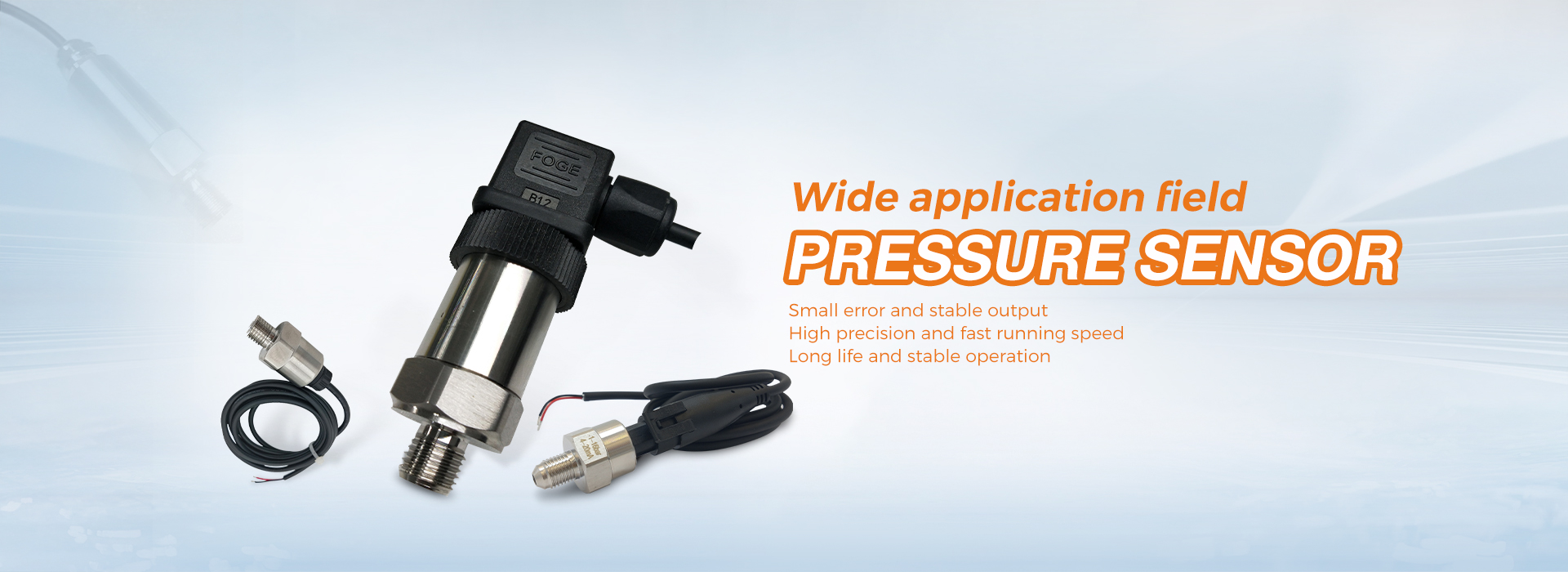6. Check the pressure of key fluids
The most common use of electronic pressure sensors may be to measure the pressure of critical fluids in vehicles, such as engine oil, transmission and gearbox oil, as well as hydraulic oil in braking systems, cooling systems, and fuel systems.
The partial structure of electronic pressure sensors will be exposed to the measured fluid, so they must be sturdy, durable, and elastic. Usually, it will use the piezoresistive effect, which detects changes in material resistance caused by deflection due to pressure applied by the fluid.
Pressure sensors for this application field are typically capable of withstanding extreme environments and are sealed to IP 6k 9k (dust-proof, high-pressure steam/jet cleaning), and can measure pressures from 0 bar to up to 600 bar. The working temperature range is -40 to+125 ° C.
7. Prevent the door from pinching your fingers
The electric door closure on a car is a great innovation, but if you (or other smaller people) enter between the door and door frame at the wrong time, there may be a malfunction, but pressure sensors will provide assistance. The relative pressure sensor connected to the sealed hose and installed around the edge of the door frame can quickly and reliably detect any obstacles.
Any compression of the hose will cause an increase in internal pressure, which will be immediately received by the pressure sensor and transmitted to the vehicle’s safety system. If the door is electrically activated, it will stop closing; The same technology also applies to windows.
Sensors designed for this emerging application typically comply with the PSI5 (Peripheral Sensor Interface 5) protocol, which was initially developed as a reliable interface between airbag sensors and ECU, and uses twisted pair cables to transmit power and data. The working range of pressure sensors designed for this safety critical application is approximately 50 to 110 kilopascals.
8. Detecting leaked vapor
Part of the responsibility of automobile manufacturers is to protect the environment from the potential harmful vapors generated by internal combustion engines.
The new gasoline vehicles now include a system to prevent these vapors from escaping from the sealed fuel system, typically by delivering the vapors to an evaporation system containing activated carbon. Air and steam are mixed so that they can be safely burned off by the engine. Known as evaporative emission control (EVAP) systems, they undergo rigorous testing.
Absolute pressure sensors monitor the integrity of the sealing system at all times and issue alerts to the car (and driver) in the event of a leak. If there is no pressure sensor monitoring system, once a leak occurs, vapor may escape, not only releasing harmful vapor into the atmosphere, but also putting manufacturers at risk of being sued for non-compliance with regional regulations.
The pressure sensor may be located inside the fuel tank and can provide analog or digital output. The measured pressure range is approximately 40 to 115 kPa, with an accuracy of 1.5 kPa or higher.
9. Activate the airbag faster
Automakers are constantly innovating to improve passenger safety. Modern cars not only install airbags on the dashboard, but also have airbags inside, including those on the doors, to protect passengers in the event of a side collision.
The use of relative pressure sensors can detect sudden pressure changes that occur in the door cavity during a side collision, which is usually much faster than using other technologies. Using the correct sensors in this application can enable the car’s safety system to deploy airbags within a few percent of a second, typically much faster than the front airbag system. This is necessary because, compared to the dashboard airbag system, the proximity of the car door to the passenger can greatly shorten the available reaction time. In this case, the millisecond count.
10. Release pedestrian airbag
In the unfortunate event of a car colliding with a pedestrian, a recent innovation is the deployment of a safety mechanism using pressure sensors (an active hood system) designed to reduce the impact on pedestrians when they land on the hood.
By installing a relative pressure sensor on the front bumper of a car, any deformation of the bumper can be immediately detected. If this happens, the car’s safety system can activate the compressed air reserve in the engine compartment, pushing the hood upwards and towards the front of the car.
The raised engine hood forms a barrier between pedestrians and the harder components of the engine, thereby reducing potential impact severity.
Some cars also deploy an airbag from the engine compartment to cover the windshield, further protecting pedestrians.
conclusion
Pressure sensors play a crucial role in all of the above innovations, making the driving process cleaner, smoother, and safer.
At present, the automotive market is one of the largest markets for pressure sensors, and due to the diversity of usage methods, this market is likely to continue. From a series of safety features to reducing pollution and optimizing engine efficiency, pressure sensors are at the core of modern driving experience and are crucial for it.
Post time: Mar-24-2025



